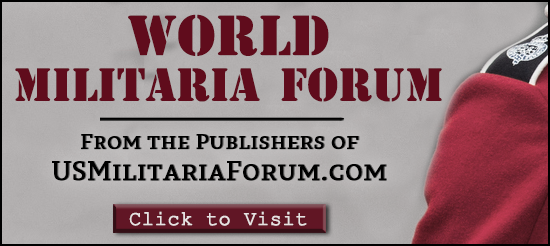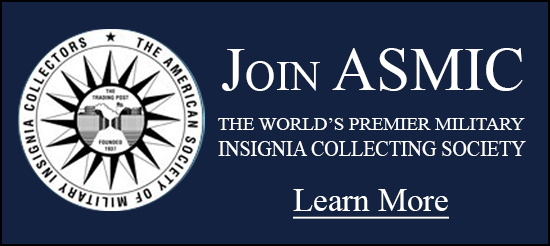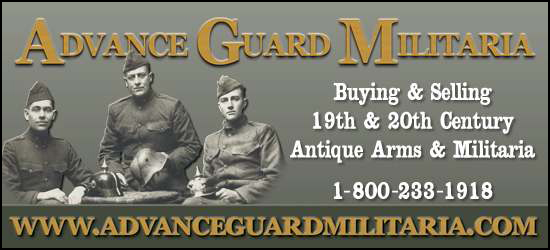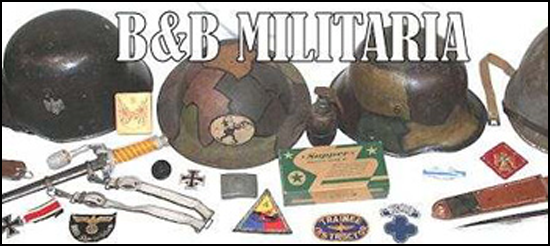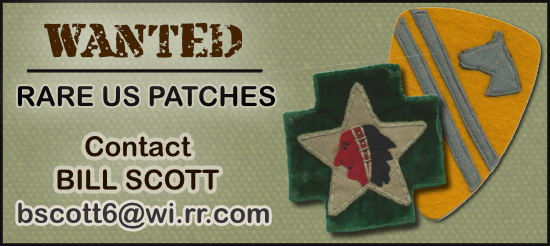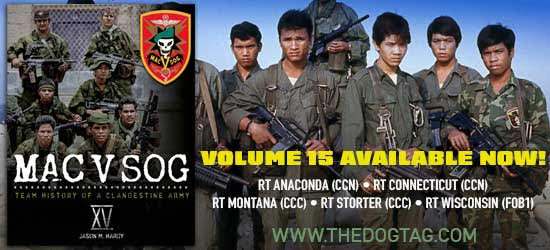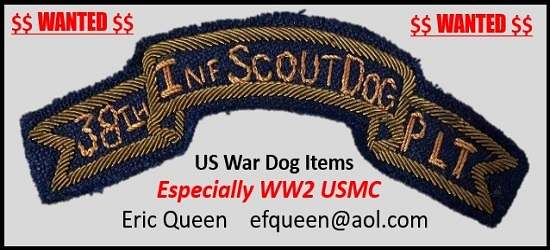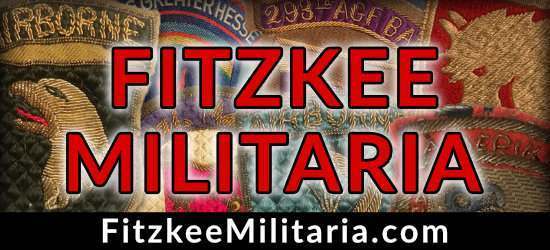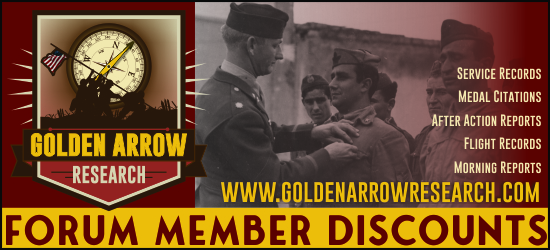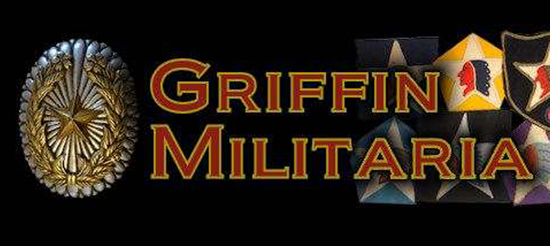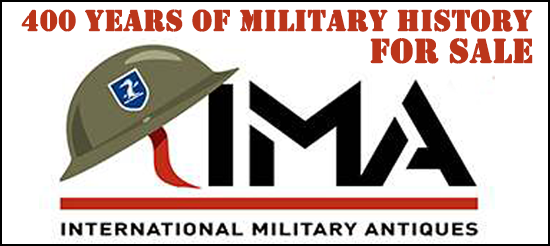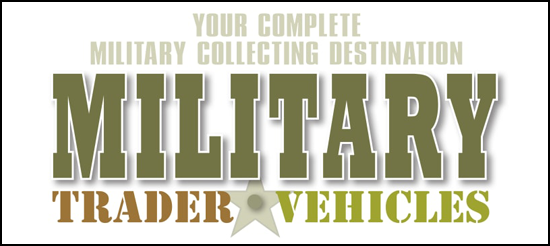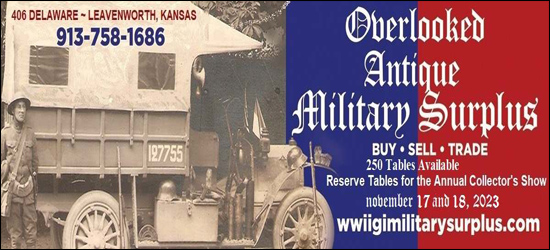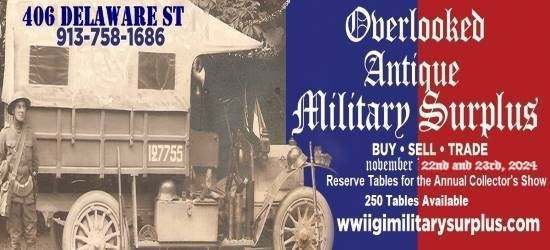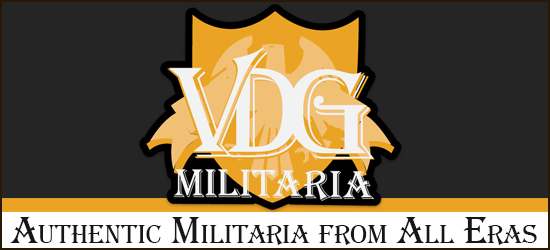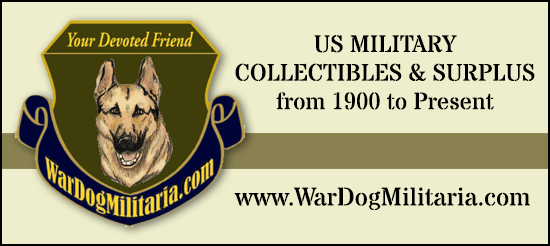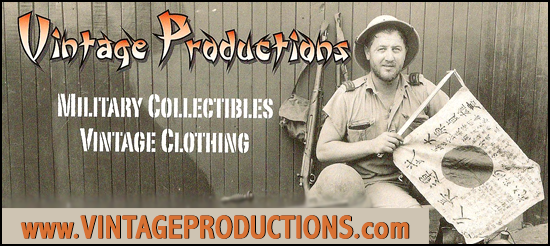-
Donate
Type donation amount in box below.
IMPORTANT! If you donate via PayPal using an e-mail address different than the one you are currently using on USMF and would like a 2024 Donor Icon added to your account, you MUST CONTACT vintageproductions or stratasfan and let them know what email address was used for the donation.
Thank you for supporting USMF.
Donate Sidebar by DevFuse -
Recent Posts
-
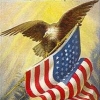
-

By 326thAEB · Posted
I was researching a different helmet subject when I went down this rabbit hole- I recently noticed that when comparing original recovered M2 helmets from Normandy, helmets identified to troopers of the 507th PIR have a higher concentration of repaired D loops. The 507th modifications are also somewhat different and eclectic when compared to a unit that left the states earlier. Some well known 507th examples, now residing in museums in France, use grenade pins or squared loops with heavy brass brazing to replace the broken loops. Like below: There are many other repair variations on 507th helmet that I have seen, but I wanted to show the most well known ones. Additionally, 507th helmets have been recovered in France that were repaired from April to December 1943 with mess kit loops. These repairs were carried out by the Camp Mackall quartermaster. Here is an example of this repair type below: This would mean that the 507th made their very first combat jump with repaired helmets. Many M2 helmets were repaired before they even saw combat due to their well known D loop design flaw. I believe part of the reason we see such a high concentration of repaired helmets with the 507th is due to how late they left the states (Dec 1943). The helmets they received were likely originally damaged, collected by airborne command, rigger repaired, and then reissued out to the 507th as they were building up for their move overseas. of course, I am sure they used helmets with factory D loops, and they are also documented using regular fixed loops in Normandy. I just found the number of repaired helmets and all the variation to the repairs of the 507th to be very interesting. some helmets that show these interesting modifications are ones identified to John Pakov, Thomas Vaughn and Clarence McGlothren. All are men of the 507th. I just thought I would share what I have been researching and discovering. -

By Hammer KaBar · Posted
Thank you. Where can I find that topic of discussion? -
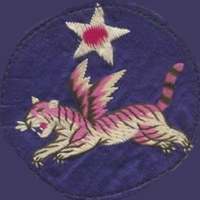
By danimal03 · Posted
sorry for the delay. I am away from my computer most of the day. Here are a couple of pics of the back. Wing is pretty large. I would guess about 3.75 inches. -

By doyler · Posted
The way the eagle faces and certain blade markings. There is a topic on the forum with details on USN swords -

By Hammer KaBar · Posted
I recently bought a US Navy officers ceremonial sword that looks pre-World War II era. Is there a way to identify a date range for when it was made? -
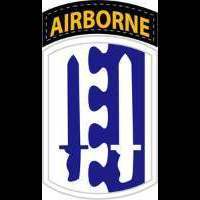
By JrBfloNY · Posted
Were there CWO pilots, Flight Officer was a WOJG wearing blue pickles, only WOJG & CWO with ground ratings wore brown enamel pins in the USAAF. The F.O. wore the winged propeller & wings & the ground rates wore the WO eagle. So they would not have worn ultramarine & golden yellow at all because they wore the uniform of an Officer. The colored braids were for enlisted only. A WOJG made $150 monthly base pay the same as a Lt. & CWO made more than a 1Lt but less than a Capt. @ $175 a month. There weren't any CWO as a political as far as I have researched. I have seen two CWO in blue enamel so it could have been a unofficial title & insignia or a mfg error. WOJG and CWO wore garrison caps piped in silver and black. -
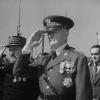
By Matt4thCav · Posted
Hi guys. Restoration completed after a good wash of white uniform. This jacket with Full Medal. The others i will complete with ribbons. I am very happy with the result. Matteo -

By River Patrol · Posted
That's really great work! Thanks for sharing this! -

By WalkaHeap1989 · Posted
@Fred Ganskementioned about a particular meat can, so I figured I’d post what I have and what my understanding of this evolution is. the first official meat can of the army was the model 1872, which was just a tin box to hold your meat ration, separate from the other rations in the haversack, in an effort to keep them from mixing, spoiling, and making an un-cleanable mess. It did nothing to alleviate the soldiers need to purchase plates, cups, and utensils. In 1874, the army hit on a brilliant idea: a “grease tight” meat can that could double as a fry pan, and plate, and along with this beauty, they provided flatware and a cup to the individual soldier. The first model of this meat can had a slotted handle, supposedly to help dissipate heat, and a centered pull ring to pull the two halves apart. This handle was supposedly flimsy, though the original in my collection appears quite robust, but it does fail to fold out enough to make much of a useable fry pan. The top plate doesn’t seem to be very tight either, so I’m not entirely sure how well this would keep grease from leaking out. The second model retained the centered pull ring, but had a solid handle, which folds out flat to make a much more proper frying pan. This model too, however, falls short as the top plate does not sit tightly on the bottom half, and therefore probably also leaked and stained the haversack and ruined other rations. The third model was updated to have an off center pull ring, but retains the solid handle. The off center pull ring may be part of the issue that caused the plate to not sit and seal properly when fully closed, as the third model is nice and tight, and could definitely keep grease from leaking out when stored. The fourth meat-can here is the mystery. By outward appearance, this could be misidentified as a model 1910, as the top plate is nearly flat. The difference is that this is made of heavy sheet iron, and the 1910s were made from aluminum. This one is definitely marked as “RIA 1903” for Rock Island Arsenal with a production year of 1903. I believe, I have read somewhere that there was an “official” pattern change in 1900, where the meat can was changed again, as were the utensils and the cup. But I’ve only read this once a long time ago, and cannot remember the source. So that is my understanding of the meat cans in a nutshell. If anyone has any more information, or guidance, I welcome you to let me know!
-
-
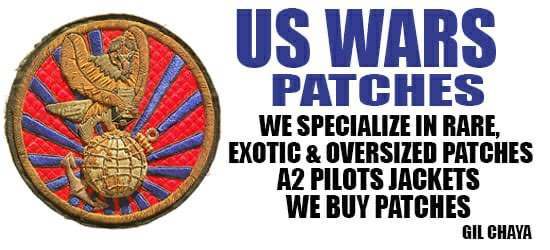
-
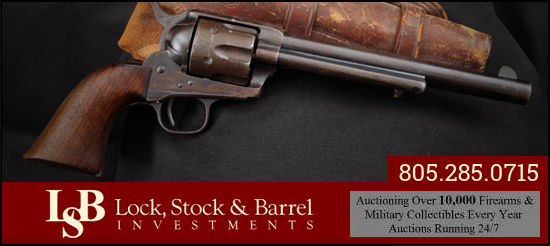
-
* While this forum is partially supported by our advertisers, we make no claim nor endorsement of authenticity of the products which these advertisers sell. If you have an issue with any advertiser, please take it up with them and not with the owner or staff of this forum.

